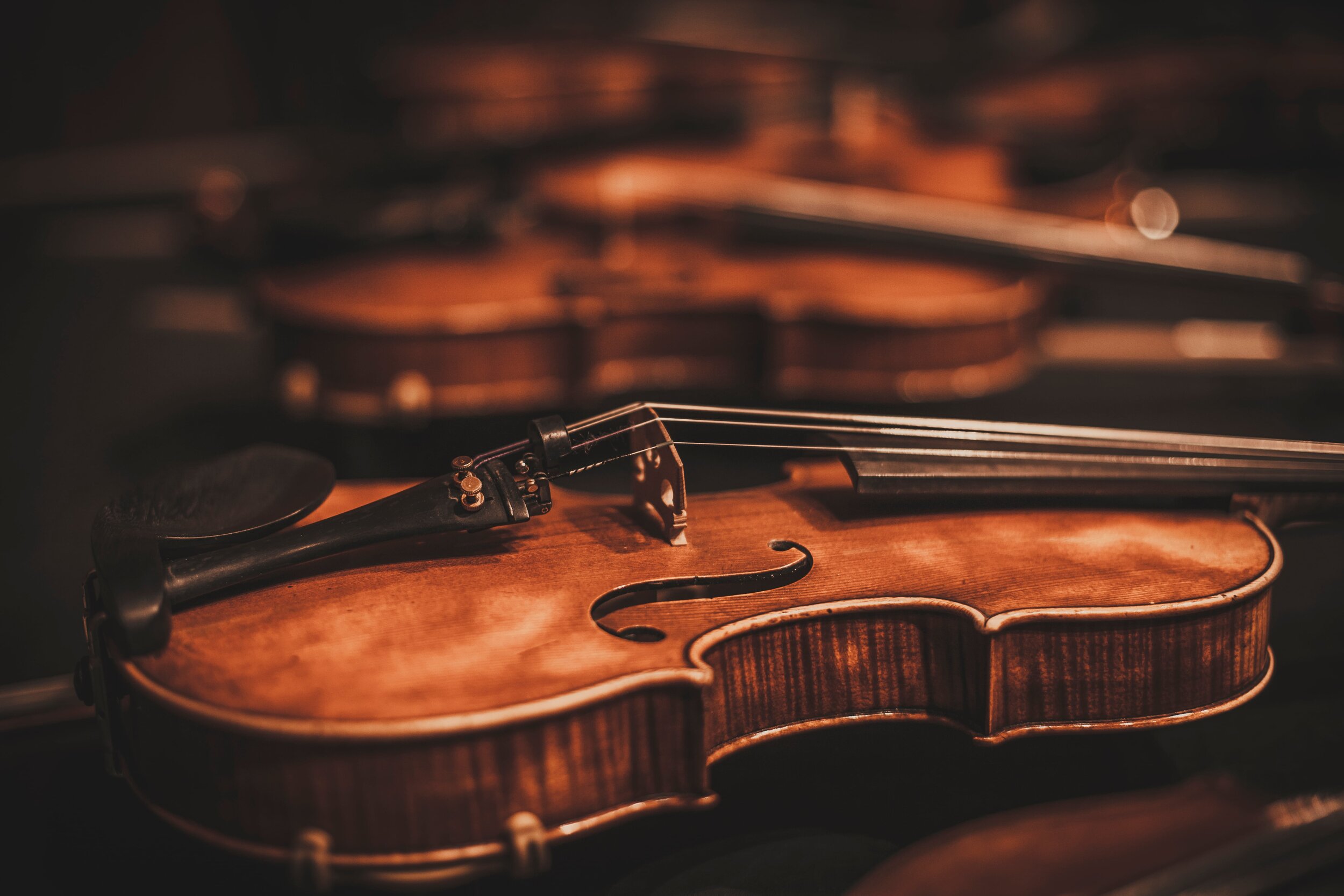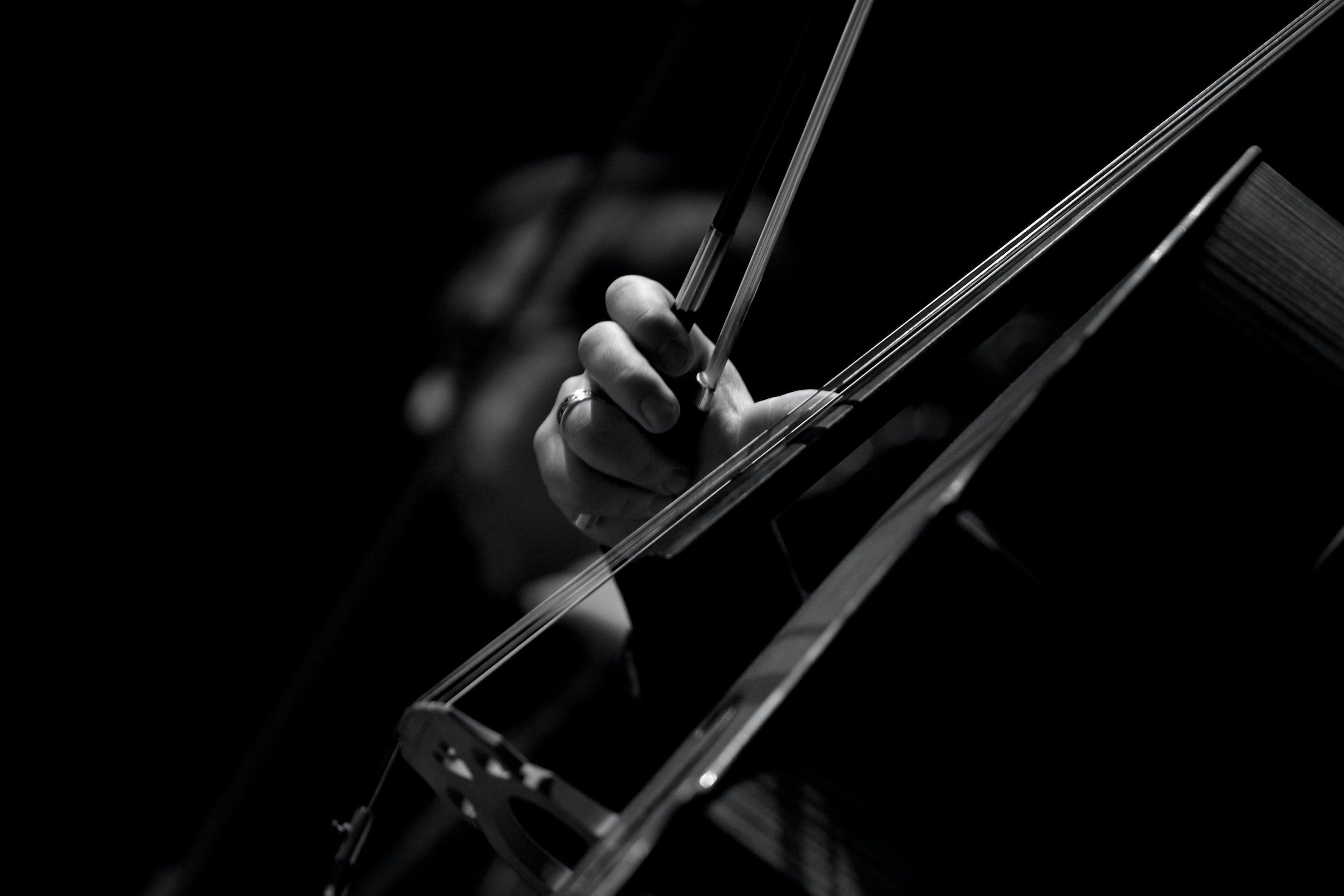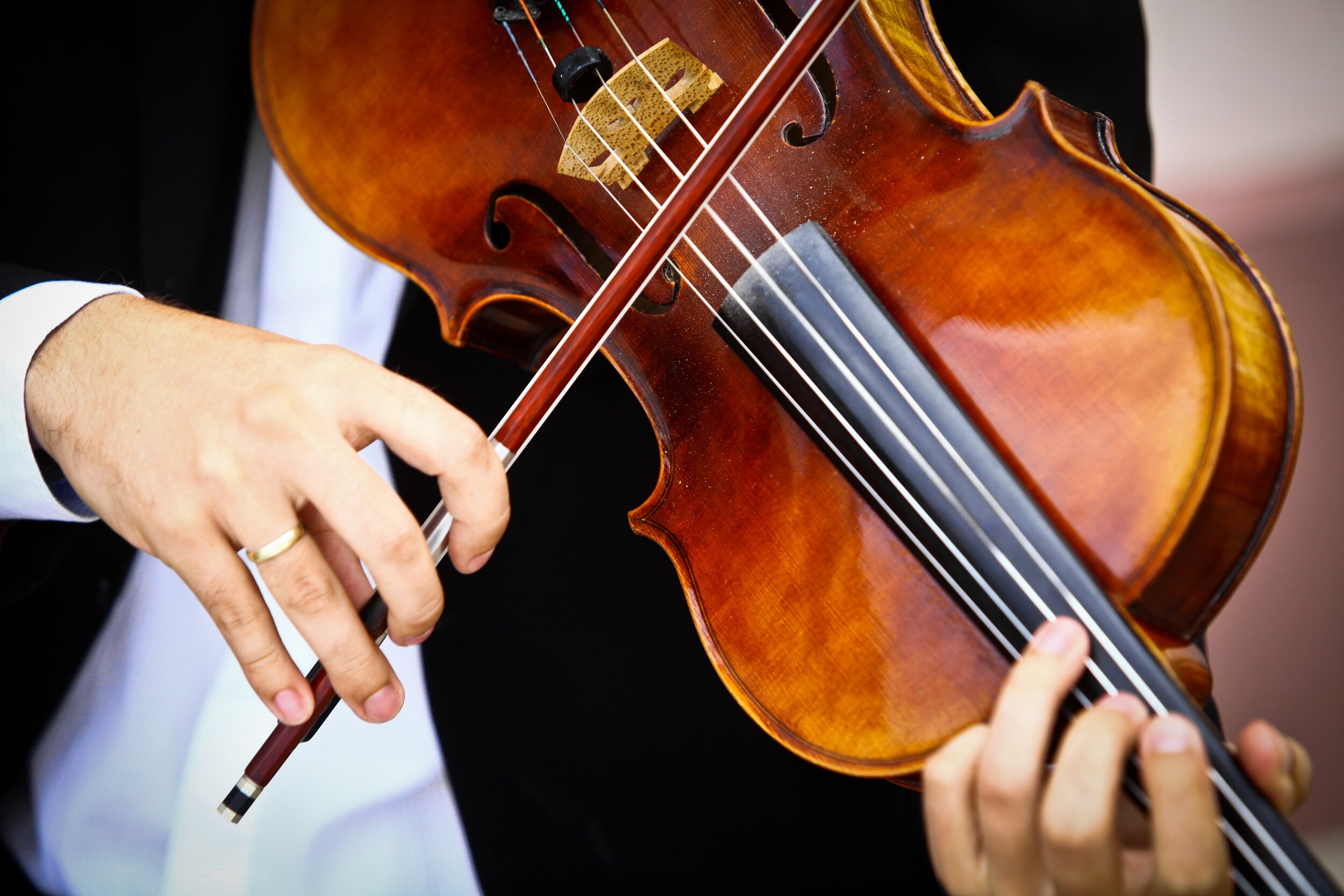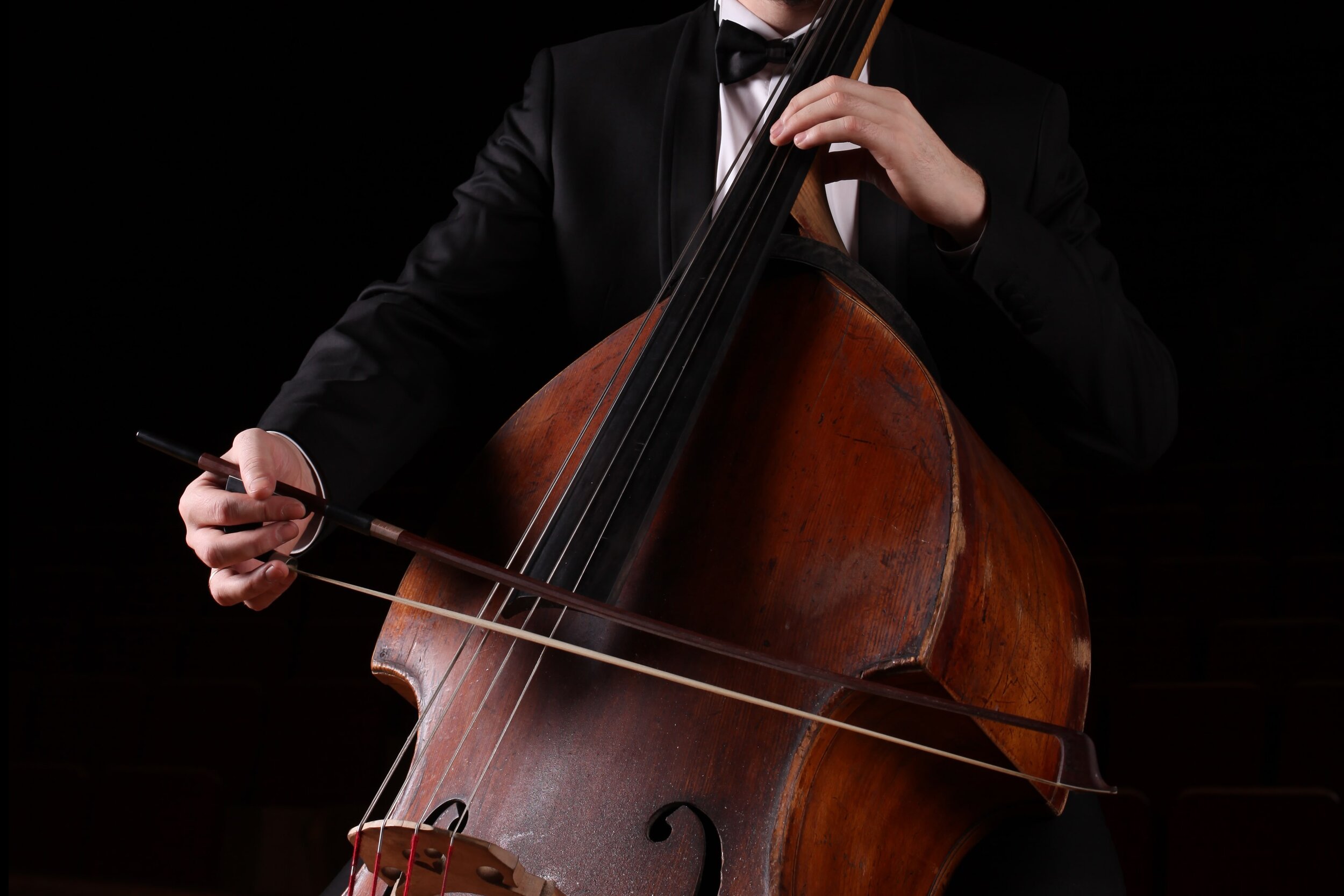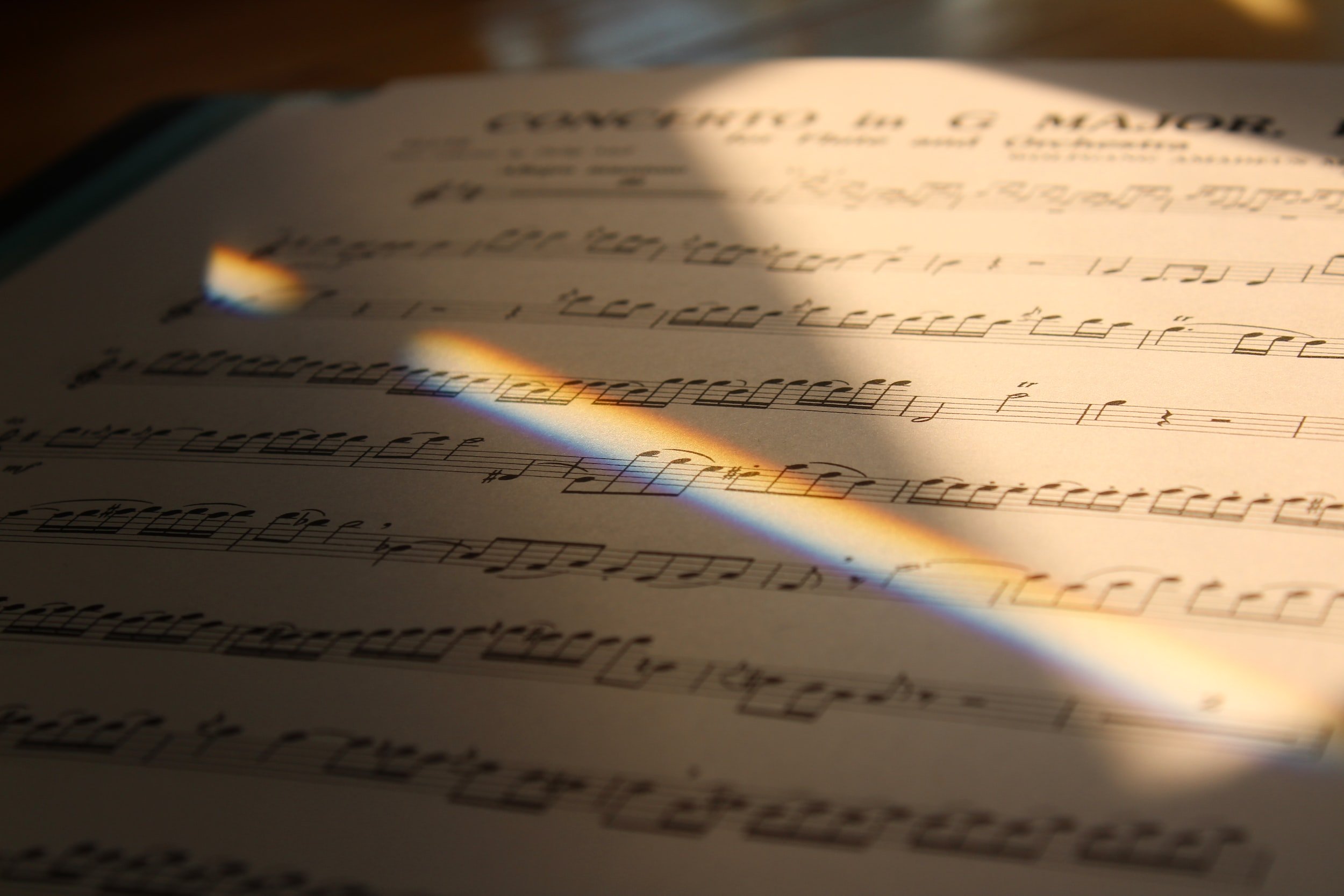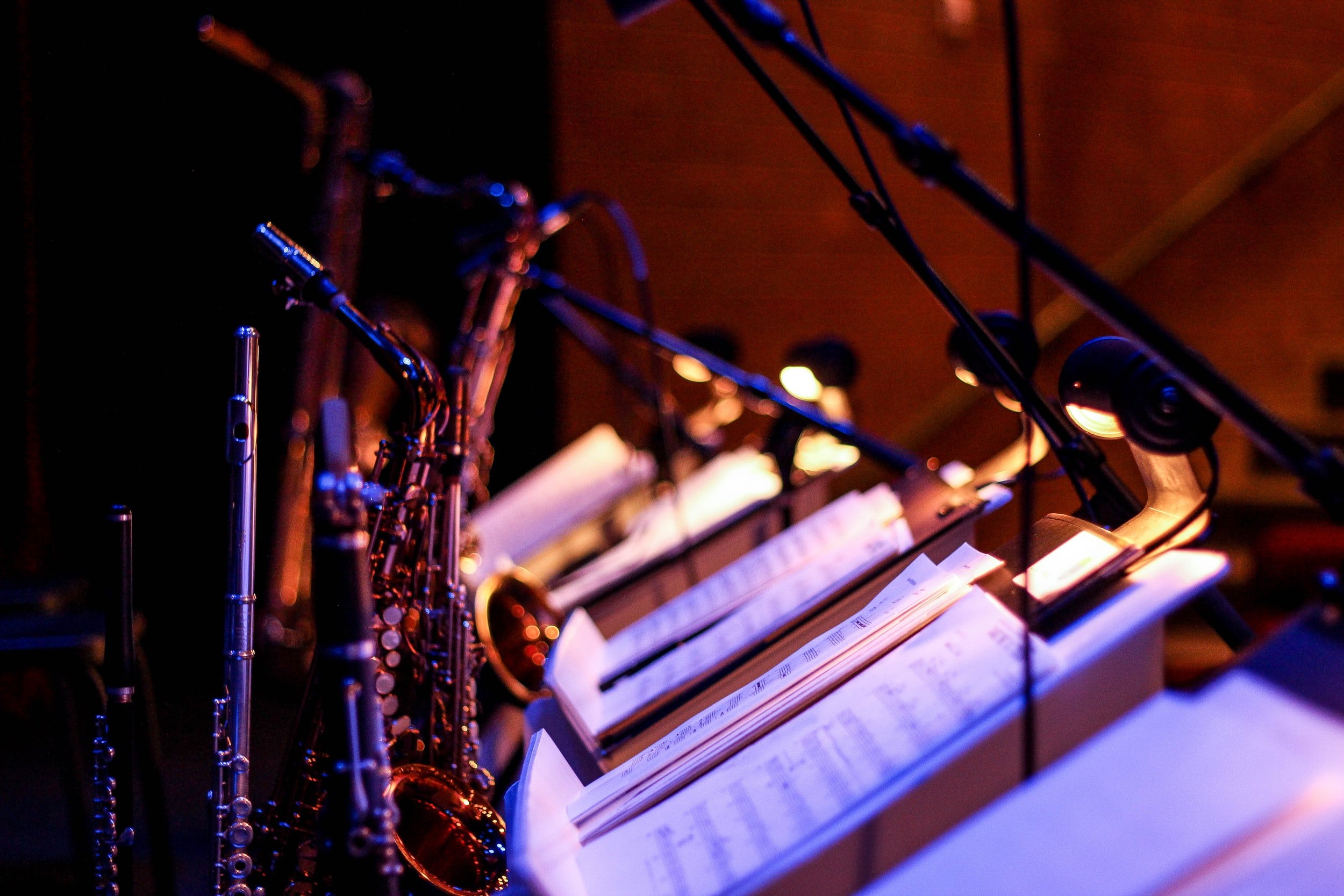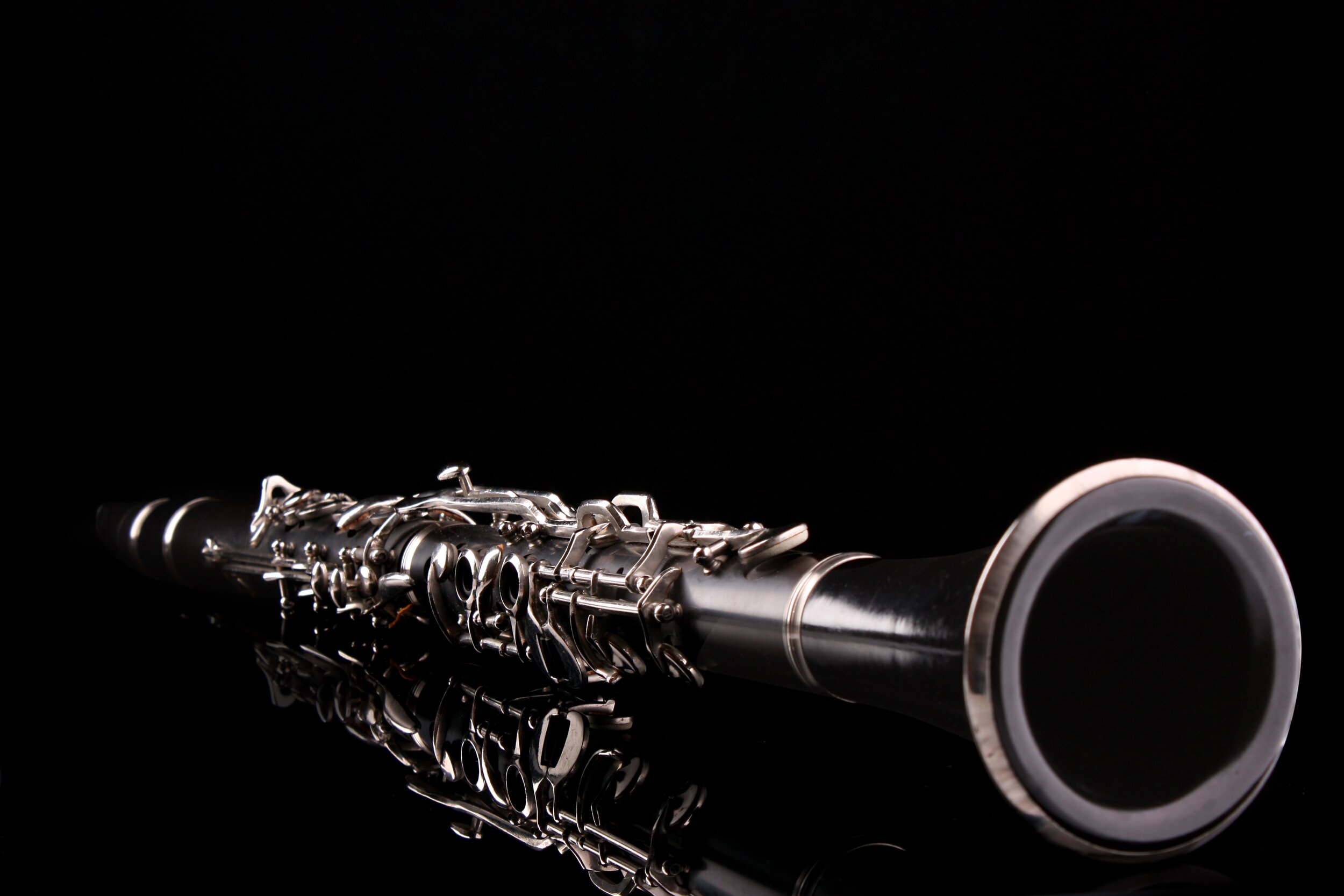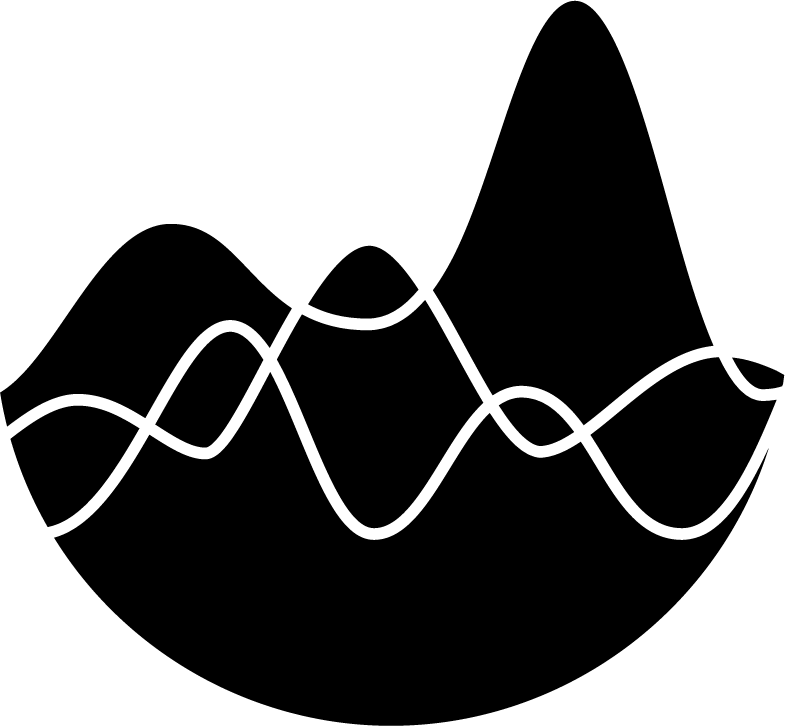Bowed Strings | Right Hand Techniques
Bowed Strings | Right Hand Techniques
Extreme Orchestration
by Don Freund and David CutlerPublished: February 2024
The most common way to produce a sound on orchestral string instruments is by drawing a bow across one or more of its strings. This technique is called arco. Because playing with a bow is the default method of playing these instruments, it is not necessary to write the term arco on the score unless canceling out an alternative way of playing, such as plucking or striking the strings. The frog of the bow is held in the right hand. The performer can then draw the bow across the string in two possible directions:
Table 1: Bow strokes often do not use the full length of the bow.
The terms down-bow and up-bow are slightly misleading. When playing a down-bow on the top strings of violin or viola, the bow physically moves downwards. However, when playing a down- bow on cello or bass, because of the position in which the instrument is held, the bow actually travels to the right side rather than downwards.
Down- and up-bows not only feel different to performers, but they both have specific characteristics in the way they sound and function. Indicating good bowings is somewhat of an art form in itself. It is highly recommended that novice composers air-bow all passages. In other words, sing through the given excerpt of music while moving an imaginary bow through the air. This may feel silly or awkward at first, but will aid the writing of bowings that are logical and effective.
Down-bows move from a heavier portion of the bow to a lighter part, making them the natural choice for diminuendos and accents. Since downbeats are normally stressed metrically, playing a down- bow at the beginning of a measure is most idiomatic. Chords are usually played down-bow, since they are rolled from the bottom to the top string. Up-bows are the best option for crescendos and upbeats. Good string players practice playing crescendos, diminuendos, and accents with both bow strokes, but follow these guidelines as often as possible for natural bowings.
In addition to bow direction, the part of the bow used has a significant impact on the quality of the sound. Lighter, more delicate passages are often performed ‘at the tip,’ while heavy, deliberate figures are more effective ‘at the frog.’
If a passage is written without any slurs, each new pitch will be performed with a new bow direction, regardless of the tempo or the duration of the pitches. This does not necessarily mean that the listener will perceive each change in bow direction, or that the passage will be played non-legato.
Even if none of the bow direction symbols were written on example___, it would be performed the way it is indicated here. Because it begins with an upbeat, players logically commence with an up- bow. Every subsequent pitch alternates bow directions.
How often should bow direction symbols be written in the score?
Not that often. If too many bow direction symbols appear in the score, it will start to look cluttered. Some players may even ignore the indications. In example ____, symbols were written above every pitch. However, this is only to illustrate a point. The information is redundant, since music without slurs always alternates bow directions. Symbols should be notated only when the bow direction is not an automatic choice. They can be written at the beginning of an entrance or phrase, especially if the entrance starts with an unusual bow direction (ex. an upbeat that, for some reason, requires a down-bow). Consecutive up- or down-bows also need to be indicated.
When looking through scores, observe how often you see the and symbols. They will not occur with much frequency.
Players frequently write bow direction symbols in their score by hand. This is fine; it doesn’t mean you neglected your job as an orchestrator. Often, they are just reconfirming to themselves the necessary bow direction. At other times, they actually change the bow directions indicated. This is a fairly common practice, even with standard composers such as Beethoven and Brahms. However, try to be as specific and accurate as possible, so that players will adopt your bowings, making the music sound as you envisioned.
Slurs mean different things for different instruments. People often associate slurs with legato playing or think of them as phrase markings. While this is an accurate description of slurs for some instruments, THIS IS NOT THE CASE FOR STRING INSTRUMENTS. For strings, all of the notes under one slur will be played without a change in bow direction.
How many pitches can occur under a single slur?
Though a fair question, many variables affect the answer, including the tempo, duration of pitches, and dynamics. A better question would be: how long can a bow continue to move in a single direction? The answer depends on the dynamic level. Louder dynamics require the bow to move faster, resulting with more frequent changes of direction. The other factor that comes into play is whether or not the player is required to switch strings. Changing strings requires slightly more bow than remaining on a single string. Use the following as an approximate guide for the maximum amount of time a bow stroke can last at the dynamics given for violin and viola.
pp = 10-15+ seconds
p = 8-12 seconds
mp = 6-9 seconds
mf = 4-8 seconds
f = 2-5 seconds
ff = 1-3 seconds
Regardless of how many pitches are played, a passage on one string at q=60 could feasibly last 15 or more beats played under one bow with a pianissimo dynamic. At fortissimo, the bow would need to change directions at least one time every three beats, and perhaps more often. Though cellos and basses are the largest string instruments, their bows are shorter than those used for other string instruments. This means they can play even fewer seconds per bow at a given dynamic level.
Sometimes it is necessary to change bow directions during a sustained pitch. Such is the case for prolonged notes, which cannot possibly be performed in one bow direction. If nothing is marked, the performer will change directions when the bow length has been exhausted. With a long note for a full section, consider placing the change of bow directions in parenthesis. This indicates that the performers should stagger their bow changes. If two accented pitches are played in succession, both requiring down-bows, it may be necessary to change directions during the first pitch. In the case below, the notation indicates that following a very fast down-bow attack, an up-bow should immediately follow (the bow change is not audible), making possible the second down-bow.
Separate Bows. A continual alternation between down- and up-bows on consecutive notes is called détaché (Fr.). No special notation is needed, other than a lack of slurs. Effective at all dynamics levels, and with accents and swells, this technique can be exploited at any tempo, up to approximately sixteenth notes at q=160. Ordinarily, détaché is played with the middle or upper portion of the bow.
Inexperienced composers who are not string players tend to overuse this technique. Though détaché passages can elicit a great amount of excitement, too much continuous, unslurred music can become monotonous, tiresome to listen to, and physically taxing to perform. Most effective pieces combines slurred and non-slurred passages.
Legato Techniques. Slurred passages without any additional articulations are played as smoothly as possible.
Performers often play détaché passages slightly detached as, indeed, the name implies. To ensure smooth playing, write the term ‘legato’ in the score. In theory, tenutos (short dashes) placed over non-slurred pitches also indicate that notes should receive their full value, but players often respond to these by adding little nudges, making them less smooth than unmarked notes.
Slurred tenutos result in a series of slightly separated, nudged articulations played in a single bow stroke. This technique, called brush stroke, or louré (Fr.), is often applied to repeated pitches, usually involving between two and five notes.
Most staccato passages are performed on-the-string. Staccatos are marked by dots, and can be placed on both non-slurred and slurred pitches. As can be expected, slurred staccatos are performed in the same bow, and are shorter than brush strokes. The player actually stops the bow from moving momentarily, beginning each articulation with a “push,” to create the detached sound.
Hooked bowings are commonly used for two note long-short groupings, beginning with a dotted rhythm. The standard notation for this is a bit counterintuitive. A slur connects the two notes, and a staccato or tenuto is placed over the second pitch. In performance, it is actually the first, long pitch that is shortened. It is also possible to write dots over both pitches, or include a rest between the two notes to indicate a hooked bowing.
A deliberate, emphatic, on-the-string bowing technique, called martelé, literally translates to mean “hammered.” The bow is never lifted from the string. Instead, it rests directly on the string, and is suddenly tugged, creating a strong accent. The bow then stops abruptly, allowing for separation between attacks. Players may decide to perform this technique when unslurred staccatos, staccatissimos, or accents are marked. To ensure its use, write the word martelé along with instructions about where on the bow it should be played (at the tip or frog). This technique is not feasible with pitches in rapid succession.
Spiccato articulations are produced by rebounding the bow off-the-string, a bouncier alternative to on-the-string bowings. For quick, regular, spiccato attacks played with separate bow directions, the bow naturally jumps upward after making contact with the string. During slower, more deliberate passages, the performer must make a conscious effort to bounce the bow into the air. Spiccato passages are ineffective at extremely slow tempos. Attacks quicker than sixteenth notes at 120 can be tricky, but a loose bow stroke, called sautillé, allows string players to simulate off-the- sting attacks even faster, with the hair remaining on the string but the stick bouncing. Normally, the conductor or performers determine if a staccato passage should be played on or off the string unless a specific indication is marked in the score.
Slurred spiccato is possible as well. A succession of spiccato pitches played in a single up-bow stoke is called staccato volante, while two to eight pitches played in one down-bow is indicated by the word “saltando.”
Ricochet bowing, also known as jeté, occurs when the bow is literally “thrown” on the string with such speed that it bounces several times. Jeté usually involves between two and eight pitches played in rapid succession, and is best performed with a down-bow, though up-bows are possible. Notated with slurred staccatos, jeté is usually applied to repeated notes, though it may be used in a scalar passage or when arpeggiating over three or four strings.
For dramatic, forceful, consecutive articulations, a succession of down-bows is effective. The same part of the bow, usually the frog, is used to produce each attack, separating the articulations as the performer lifts the bow and returns it to the string in a circular motion. Successive up-bows employ a similar approach, and are useful primarily at softer dynamics, for delicate passages. These techniques are not slurred. For both procedures, bow direction symbols must be written.
Adding bowings to a score entails marking a combination of slurs, articulations, and occasional bow direction symbols. Keep in mind that a passage with none of these shows bowings as well: switch bow direction, evenly, on every attack. When adding bowings, keep the following guidelines in mind:
With the exception of special effects or contrasting dynamics, try to have approximately equal durations of down- and up-bows in a given passage.
Loud passages must change bow directions more frequently than soft passages.
Up-beats are usually executed with up-bows, while downbeats are played with down-bows.
Accents should be played with down-bows when possible.
Crescendos work best with up-bows, diminuendos best with down-bows.
Try to have an even number of bow direction changes (2, 4, 6, etc.) occur in each measure or multiple measure grouping (placing down-bows consistently on stressed downbeats).
Sometimes it is necessary to slur two or more pitches together even if they should not be played legato, in order for the bowings to “work out.” These will be marked with slurred staccatos or slurred tenutos (see p. ___).
Grace notes are almost always slurred to the goal pitch.
Fingered tremolos (see p. __) and glissandi (see p. __) should be slurred.
Slurs should not extend over rests. If two or more pitches, separated by rests, should be played in the same bow direction, this is an appropriate place to write in bow direction symbols.
Slurs should not connect notes that are on non-adjacent adjacent strings. In this case, the bow will need to be lifted or stopped to move to the other string.
Slurs are not phrase markings for string instruments. Long slurs that cannot be played in one bow direction, at a given dynamic and tempo, should not be notated with a slur. To indicate phrase markings for string players, some composers use broken slurs.
Accents may be placed on any non-slurred pitch, as well as the first note of a slurred grouping.
To ensure a certain bowing technique, write in terms like at the point, at the frog, off-the-string, etc. If these are not indicated, the player or conductor will determine the most appropriate technique.
There will always be several bowing possibilities for a given example of music. However, some solutions are more successful than others. Some compositions, even masterpieces, are unspecific or inaccurate regarding bowings. Just ask string players; they will quickly recall horror stories about poorly marked bowings in music they have played. Often, string musicians take liberties with bowings, modifying them to fit their performance needs. As an orchestrator, however, be as specific as possible about your goals so the player will better understand how to achieve them. By following the guidelines here, studying scores, being aware of bowing pitfalls, air-bowing the music you write, and observing string players, you can learn to add variety, continuity, character, and effectiveness to your string music.

